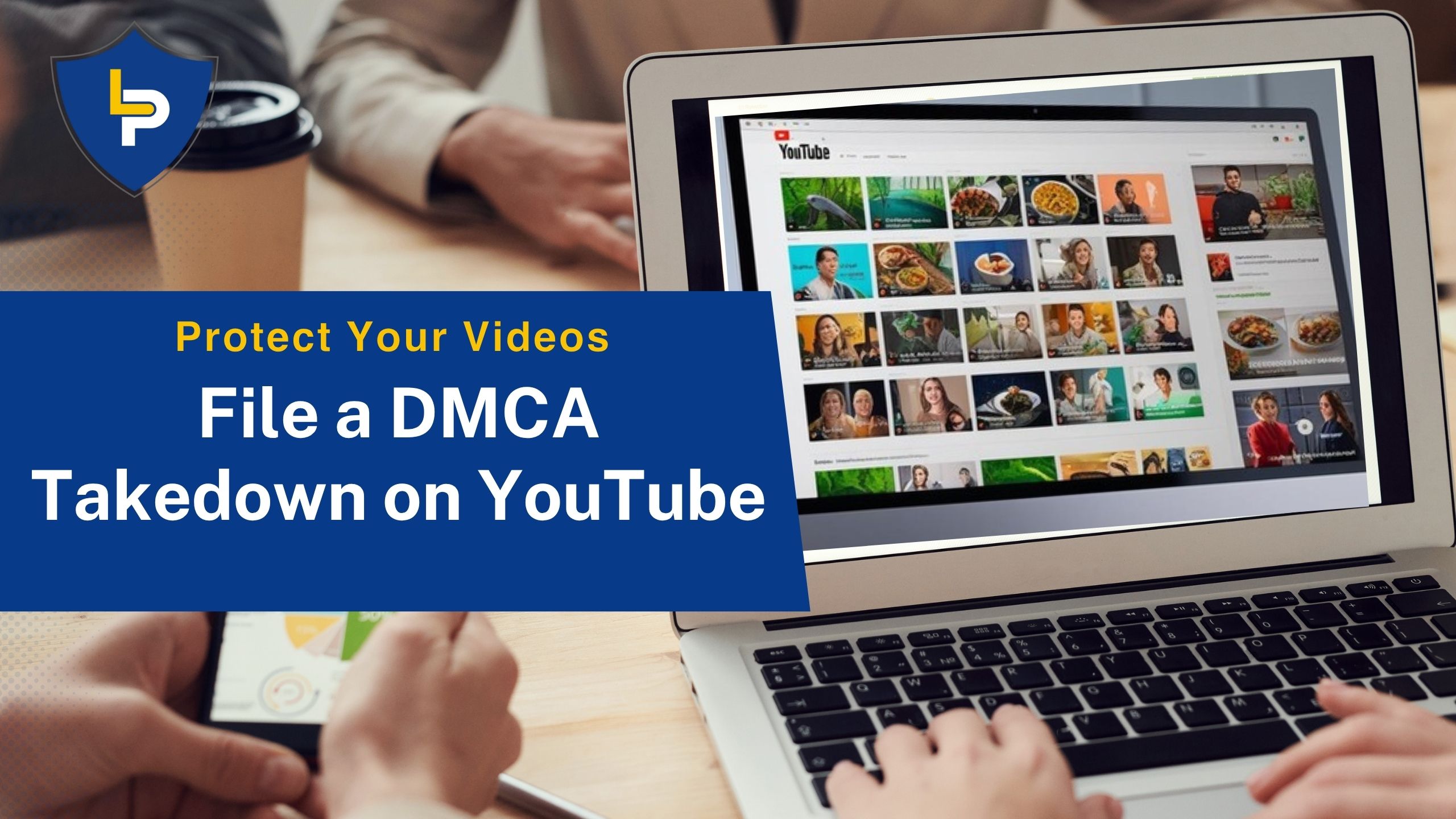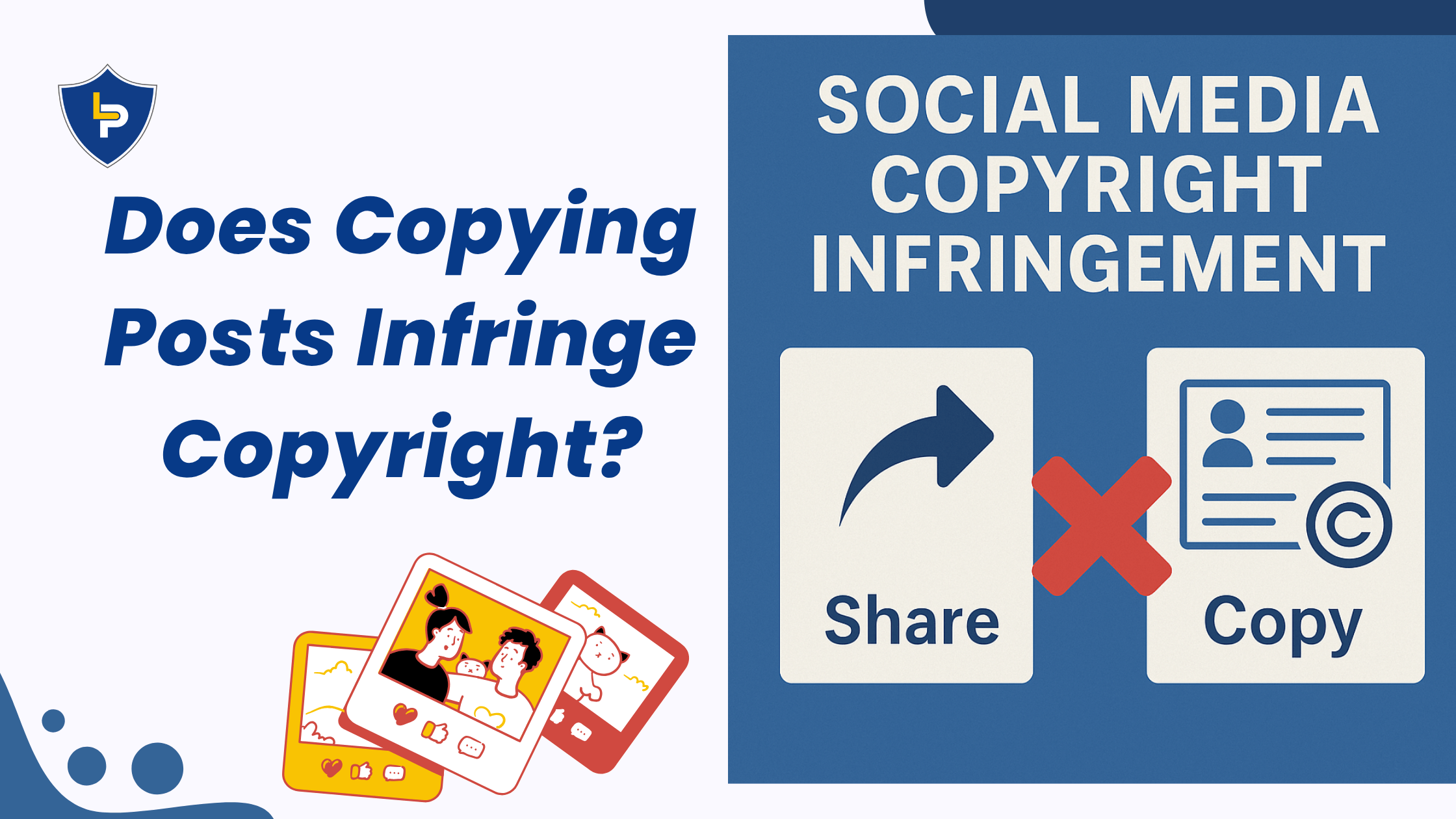How AI and New Technologies Are Affecting Copyright Enforcement in the Digital Age
Copyright Enforcement is undergoing a dramatic transformation as artificial intelligence (AI) and emerging technologies reshape the way we create, distribute, and monitor content. From helping creators protect their rights to challenging existing legal frameworks, these innovations are revolutionizing how copyright is managed in the digital era.
In this blog, we’ll explore how AI and new technologies are influencing copyright enforcement—highlighting benefits, challenges, and what the future might look like.
The Rise of AI in Creative Industries
AI-generated content—ranging from music and art to writing and videos—has become increasingly prevalent. Tools like ChatGPT, Midjourney, and Suno AI have enabled anyone, from casual users to businesses, to create compelling content in minutes.
While this has opened new creative frontiers, it also raises serious questions:
- Who owns AI-generated content?
When an artwork is created by a machine, traditional copyright laws—centered around human authorship—struggle to define ownership. - Can AI infringe copyright?
AI models trained on copyrighted material may inadvertently reproduce styles or elements from original works, leading to disputes over originality and infringement.
This dual role of AI—as both a creator and a potential infringer—adds complexity to copyright enforcement.
Automated Content Detection Systems
Platforms like YouTube, Facebook, and Instagram use Content ID systems powered by AI to detect copyright violations. These tools scan uploaded content against large databases of copyrighted materials.
Advantages:
- Speed & scale: AI can flag millions of uploads in real-time.
- Proactive enforcement: Creators don’t have to manually hunt for stolen content.
Challenges:
- False positives: Legitimate uses like fair use, commentary, or parody often get flagged.
- Abuse of system: Trolls or competitors may falsely claim ownership to restrict or monetize someone else’s content.
Thus, while AI helps automate copyright enforcement, it also introduces ethical and legal dilemmas.
Blockchain for Copyright Registration and Proof of Ownership
Blockchain technology offers decentralized timestamping, which can be used to register ownership of creative works securely and transparently.
How it helps:
- Immutable records: Creators can prove when and what they created, reducing the burden of proof in disputes.
- Smart contracts: Licensing and royalty payments can be automated and tracked in real-time.
Startups and platforms like Ascribe, Po.et, and Verisart are already exploring blockchain as a tool for digital copyright enforcement.
Deepfakes and the Threat to Originality
Deepfake technology uses AI to create realistic fake videos and audio clips. While this can be used creatively (e.g., in films or satire), it’s also a growing tool for:
- Plagiarizing original content
- Impersonating artists and creators
- Violating image and voice copyrights
For example, voice AI models have been used to mimic artists and generate “new songs” in their voice—without consent.
Traditional copyright enforcement tools are often ill-equipped to tackle such highly realistic fakes, pushing for new legal frameworks.
Global DMCA Enforcement and AI Tools
Digital Millennium Copyright Act (DMCA) takedown systems have also evolved with AI. Services like Lex DMCA and Rights Manager leverage AI to:
- Track stolen content across websites and platforms
- Generate automated DMCA takedown notices
- Monitor piracy trends in real-time
While this speeds up the enforcement process, it also requires transparency and safeguards to prevent misuse.
Legal and Ethical Dilemmas
With technology evolving faster than laws, copyright enforcement faces key challenges:
- Outdated laws: Many copyright laws were written before AI or the internet became mainstream.
- Jurisdictional issues: Online content crosses borders, making enforcement across countries complicated.
- Bias in algorithms: AI-based enforcement tools may favor large corporations over individual creators due to their influence and access.
This gap between law and technology calls for policy updates, international cooperation, and clearer definitions of AI authorship and liability.
The Future of Copyright Enforcement: What to Expect
To adapt to this new age of creation and automation, we’re likely to see:
- AI-powered legal analysis to assist copyright lawyers and regulators
- Unified digital copyright registries based on blockchain
- Stronger creator-first policies by platforms like YouTube, Spotify, and TikTok
- International treaties updated to reflect digital and AI-driven infringements
Education will also play a crucial role—empowering creators, legal professionals, and tech developers to understand and navigate this fast-changing space.
Conclusion: Staying Ahead in a Changing Landscape
As AI and other technologies continue to shape content creation and distribution, copyright enforcement must evolve too. While these tools offer incredible efficiency and potential, they also bring new responsibilities, risks, and questions.
Whether you’re a YouTuber protecting your videos, a lawyer handling infringement claims, or a developer building creative platforms, understanding how these technologies impact copyright is no longer optional—it’s essential. At the forefront of this evolving field, services like LexDMCA are equipping creators and businesses with advanced tools to monitor and enforce their rights effectively in the digital age.






 +1 888 890 6411
+1 888 890 6411